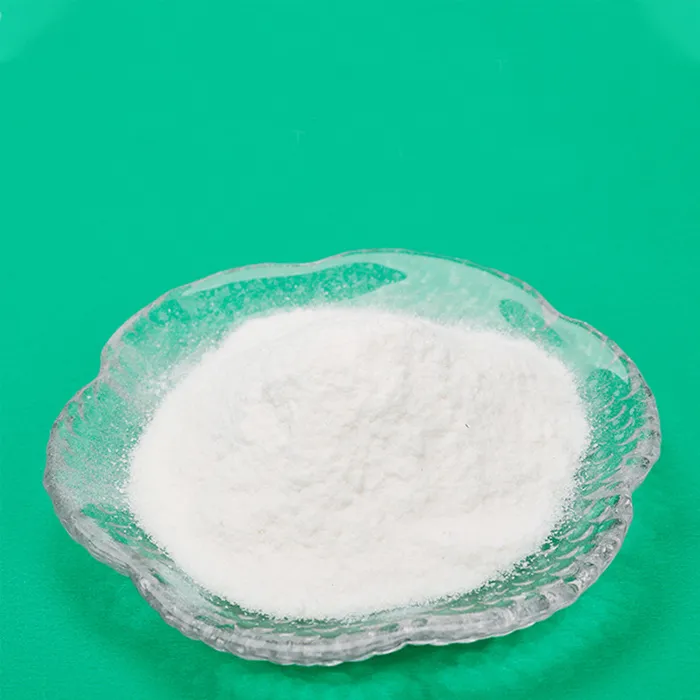Cationic Polyacrylamide Flocculant A Comprehensive Overview
Cationic polyacrylamide (CPAM) is a synthetic polymer widely recognized for its effectiveness as a flocculant in various industrial processes. With its unique properties and versatile applications, CPAM has become an essential reagent in water treatment, paper manufacturing, and other fields. This article provides a detailed examination of cationic polyacrylamide, focusing on its chemistry, applications, benefits, and environmental considerations.
Chemistry of Cationic Polyacrylamide
Cationic polyacrylamide is derived from polyacrylamide, a polymer made from the acrylamide monomer. The cationic character arises from the incorporation of positively charged quaternary ammonium groups into the polymer chain. This modification results in enhanced flocculation properties, making CPAM particularly effective in binding negatively charged particles, such as suspended solids in water.
The ability of cationic polyacrylamide to form hydrogen bonds with other molecules is one of the key reasons it acts as an effective flocculant. In aqueous solutions, CPAM molecules can bridge the gaps between particles, promoting agglomeration and subsequent sedimentation. The polymer’s charge density can be adjusted during synthesis, allowing manufacturers to tailor its properties for specific applications.
Applications of Cationic Polyacrylamide
Cationic polyacrylamide serves numerous vital roles across various industries
1. Water Treatment CPAM is extensively used in wastewater treatment processes. It helps in the removal of suspended solids, oils, and other impurities from municipal and industrial wastewater, ensuring that effluents meet environmental regulations before discharge. The flocculation process not only enhances sedimentation but also aids in sludge dewatering, which reduces the volume of waste generated.
2. Paper and Pulp Industry In paper manufacturing, CPAM is employed as a retention and drainage aid. It improves fiber retention during the papermaking process, enhancing the quality of the final product while reducing raw material costs. Moreover, it can help in controlling the drainage rate, leading to increased production efficiency.
3. Mining and Mineral Processing In the mining sector, cationic polyacrylamide is used in the recovery of minerals and in tailings management. It aids in the consolidation of slurry, facilitating the separation of valuable minerals from waste material.
4. Agriculture CPAM finds utility in agriculture as a soil conditioner. By enhancing soil structure and water retention, it promotes better crop yields and more sustainable farming practices.
cationic polyacrylamide flocculant

5. Construction The construction industry also benefits from the use of cationic polyacrylamide. It can be employed in cement and concrete applications, improving workability and reducing water permeability in finished products.
Benefits of Cationic Polyacrylamide
The advantages of using cationic polyacrylamide are manifold
- Effective Flocculation CPAM demonstrates excellent performance in flocculation, making it highly effective in reducing turbidity and improving solid-liquid separation.
- Adjustable Properties Manufacturers can customize CPAM formulations to meet specific requirements, ensuring optimal performance in diverse applications.
- Cost-Effectiveness By improving efficiency in processes like wastewater treatment and paper production, CPAM can significantly reduce operational costs.
- Environmentally Friendly When used correctly, cationic polyacrylamide is considered environmentally safe. It is biodegradable under certain conditions, minimizing its long-term impact on ecosystems.
Environmental Considerations
Despite its many benefits, there are important environmental considerations associated with the use of cationic polyacrylamide. Potential ecological impacts may arise from the leaching of residual acrylamide monomers, which are known to be toxic in high concentrations. Therefore, it is crucial for manufacturers to ensure that CPAM products meet safety guidelines and are applied in appropriate concentrations.
In conclusion, cationic polyacrylamide is a powerful flocculant with extensive applications across various industries. Its effectiveness in improving water quality, enhancing paper production, and supporting other industrial processes underscores its importance in modern manufacturing and environmental management. As industries seek sustainable practices, the role of cationic polyacrylamide is likely to expand, offering innovative solutions to contemporary challenges in water treatment and resource management. Understanding its properties and responsible usage will be crucial for maximizing its benefits while minimizing potential risks.

